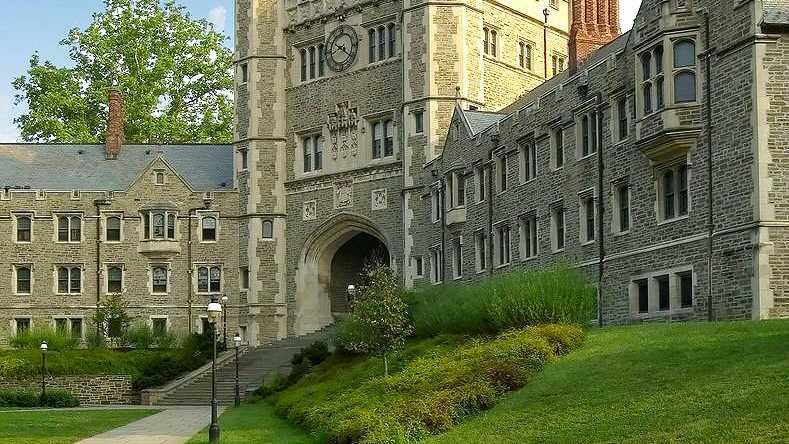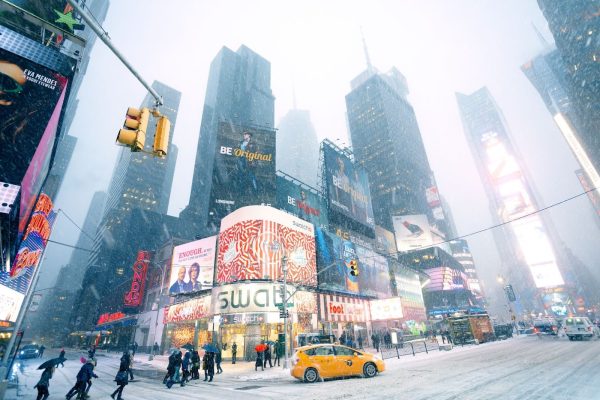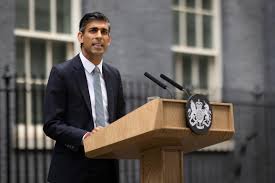American Universities: The Rename Game
December 7, 2015
It’s not an easy time to be a prominent white historical figure on the campus of an American University. From the halls of the Ivy League to the public universities of the South and Midwest, student-led demonstrations have called for the renaming of countless residence halls and academic buildings and the removal of artworks that commemorate controversial parts of America’s past.
The “Rename Game” has spread most recently to Princeton University, an institution that nurtures some of the brightest young minds in the world. Protests have centered around the school’s tight ties to President Woodrow Wilson, a former university president who lead the United States through World War I. Though President Wilson arguably brought more progressive reform than any other U.S. president prior to Franklin Delano Roosevelt, Princeton students take issue that Wilson was an outspoken racist. Among the demands of the students are the renaming of the world-renowned Woodrow Wilson School of Public and International Affairs and a dormitory bearing his name.
Prior to the Princeton protests, the news media gave extensive coverage to student unrest at another Ivy League school in New Haven. Yale was first thrust into uproar over several perceived threats to minorities on campus, most notably an email sent from a professor to students asking if they agreed with the university imposing guidelines and standards for Halloween costumes. Part of the resulting movement has been to rename a dormitory that honors John. C Calhoun, a 19th century U.S. Senator and Vice President who fiercely advocated the right of the South to continue slavery. Bill de Blasio, the mayor of New York City and a Yale parent, said he “absolutely” supported scraping Calhoun’s name off the building.
Unlike De Blasio, however, most alumni and parents, whose donations schools rely on to maintain funding for scholarships and other programs, do not support the rewriting of history. Administrations must walk the line between the well-monied groups of tuition-paying students and the alumni who want to preserve schools the way they left them. At the highly progressive Massachusetts liberal arts institution Amherst, for example, stakes are high in a fight over the school mascot. “Lord Jeff,” a figure unofficially modeled on Lord Amherst, a colonial governor who in 1763 supported the use of smallpox blankets on natives, is not popular among certain student groups. Alumni are not as concerned about the symbolic meaning drawn from a cartoon mascot.
Are there clear sets of good guys and bad guys in the “Rename Game?” It’s a tricky question. Minority students on campus rightfully speak of how buildings on campus named after racist figures appear from their point of view. If a name on the facade of a hall is an honor, why should such an honor be presented to a figure that openly supported oppression?
On the other hand, student groups supporting this cleansing process often find themselves on the wrong side of ideas that universities are meant to uphold in American society. One of those ideas is a constant examination of history to gain insights on the present. Many in favor of preservation make the “our history is our history, for better or worse” argument. This side claims, for example, students at Yale should look to John C. Calhoun on a building at their college as a reminder of the kinds of thinkers that once held a leading role in America. Men like Calhoun should inform the leaders they want to elect today and continue to renew the zeal for social justice. None of that can happen, however, if the dark parts of the past are hidden from sight to avoid offense.
The difficult questions spurred on by this battle have taken center stage at the University of Missouri, where student groups have demanded a statue of Thomas Jefferson be taken down. One side points to Jefferson the slave owner; another side points to Jefferson the founding father. Without Jefferson, those in favor of preservation argue, the students may not even have a country where they are so privileged to be concerned with the lofty goals of equality and justice.
After so much anger and protest, what is clearly needed is a substantive national dialogue to determine the country’s stance on renaming. The public will ultimately have to take inventory of the nation’s priorities. Whether that inventory concludes we value more highly the right of previously oppressed groups not to be reminded of it, or the necessity of not hiding from our national past, it will surely say much about America in 2015.












